White Diamond: Properties, Uses and Virtues
Diamant Blanc: La Star Qu’on Ne Présente Plus…En Blanc!
Immerse yourself in a world of unparalleled luxury as we explore the world of White Diamonds. These exquisite gems have captivated mankind with their remarkable charm and radiant brilliance for generations.
Embark on a journey to discover the geological wonders, historical significance and metaphysical attributes of the White Diamonds.
From the depths of their formation to their dazzling presence in jewelry, let’s explore the enduring charm of these perfect gems.
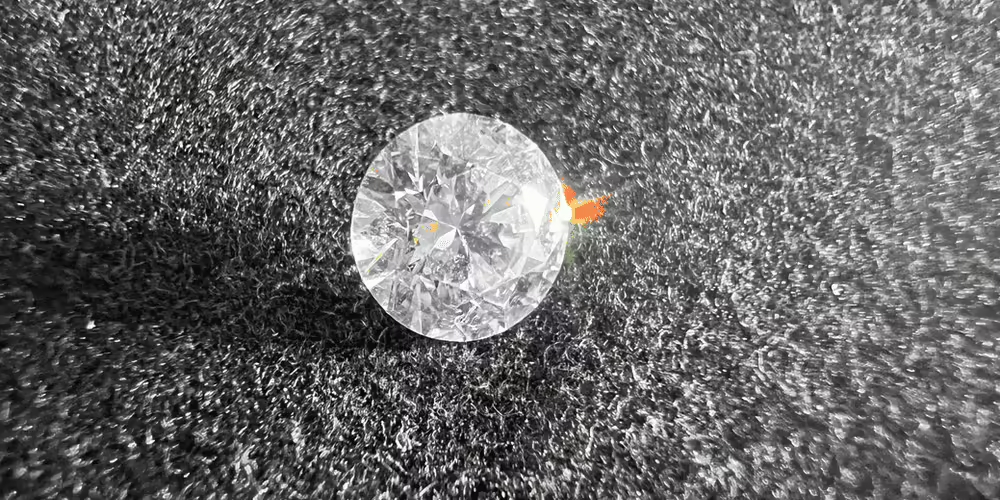
Diamant Blanc: Table of contents
- White Diamant Geological Formation
- Rough White Diamond – Raw Beauty Revealed
- Sources – The Global Reach of the White Diamond
- Historical Significance of the White Diamond – Through the Ages
- Some Famous White Diamonds
- Metaphysical properties of White Diamonds
- White Diamond varieties
- White Diamond colors
- Durability and portability of White Diamond
- White Diamond Enhancements – Preserving Natural Beauty
- Synthetic White Diamond – Nature in the Laboratory
- Imitations of the White Diamond – Discerning the Genuine
- White Diamond Care – Preserving Natural Beauty
- Adopting Ethical Diamonds – A Journey to Responsible Choices
White Diamant Geological Formation
Diamonds are born under immense pressure and heat, deep in the earth’s mantle. Over millions of years, carbon atoms have arranged themselves into a crystalline structure, forming diamonds.
Thanks to volcanic eruptions, these precious gems are brought closer to the Earth’s surface, where they can be mined and admired for their unrivalled beauty.
Rough White Diamond – Raw Beauty Revealed
The appeal of uncut diamond crystals lies in their raw, natural beauty. Gemologists discover fascinating formations, each with its own unique charm and character.
Octahedral crystals:
The octahedral form is one of the most common diamond crystal formations. Composed of two pyramids joined at the base, this symmetrical shape is celebrated for its intrinsic beauty and distinctive character.
Dodecahedral crystals:
Dodecahedral crystals with twelve faces are another captivating manifestation of uncut diamonds. The combination of sharp edges and smooth surfaces makes these crystals fascinating for gem enthusiasts.
Sources – The Global Reach of the White Diamond
White Diamonds come from all over the world, including South Africa, Russia, Botswana, Canada and Australia. Each region contributes distinct characteristics to these gems, shaping their global presence and captivating beauty.
Historical Significance of the White Diamond – Through the Ages
Diamonds have been objects of desire for centuries, with a rich history that began in ancient India.
Their appeal gradually spread to the European elite in the 15th century.
In the 19th century, the discovery of diamonds in South Africa changed the market, and by 1900, De Beers controlled 90% of rough diamonds.
The 20th century saw significant growth in diamond production, with new sources in Australia and Canada.
De Beers’ role has evolved, and scientific knowledge of diamonds has expanded.
Today, diamonds continue to captivate hearts with their timeless splendor. They have become the symbol of April as a birthstone.
Some Famous White Diamonds
Throughout history, there have been some remarkable white diamonds, such as :
Koh-i-Noor Diamond: Originally from India, this diamond is one of the British Crown Jewels. Its name means “Mountain of Light” in Persian.
Cullinan Diamond: The largest rough diamond ever discovered, it has produced several important gems, including the Cullinan I (Star of Africa) and the Cullinan II, both part of the British Crown Jewels.
Régent diamond: This diamond was discovered in India in the 18th century and is now part of the French Crown Jewels.
Centennial Diamond: This modern diamond is renowned for its exceptional cut and quality. It was unveiled in 1991 to mark the centenary of De Beers Consolidated Mines.
Jonker Diamond: Discovered in South Africa in 1934, the Jonker diamond was one of the largest gem-quality rough diamonds ever found.
Metaphysical properties of White Diamonds
White Diamonds are associated with clarity and purity, illuminating the wearer’s spirit. They are believed to enhance inner strength, positive energy and mental clarity. These gems serve as symbols of alignment and balance.
White Diamond varieties
Salt & Pepper and Black Diamonds can be considered as white diamond varieties, but only if the Black Diamonds are monocrystalline and owe their color to inclusions, like the Salt & Pepper Diamonds. Carbonados and Synthetic Black Diamonds fall into another category, as do fancy diamonds.
White Diamond colors
White Diamonds can have subtle shades of yellow depending on their grade from D to Z. Any other color will downgrade the white diamond and reclassify it, among others, as a fancy diamond.
Durability and portability of White Diamond
White Diamonds reign as the hardest natural material, achieving a perfect 10 on the Mohs scale. Their remarkable hardness guarantees long-lasting durability, making them precious jewels that stand the test of time.
White Diamond Enhancements – Preserving Natural Beauty
Like other gemstones, White Diamonds can be enhanced to bring out their natural beauty, with the main concern being to create the most flawless, colorless Diamond possible. Clarity improvements are essential for White Diamonds.
Clarity enhancements :
Fracture Filling: One of the most common treatments, this technique involves injecting a glass-like substance into the fractures of a diamond, thus improving its clarity. Although successful, this treatment requires careful handling, as the filling can be damaged during repairs or cleaning.
Laser drilling :
Thanks to the precision of lasers, diamond manufacturers can delicately remove or lighten dark inclusions by creating small perforations. Additional treatments with bleach or acid can be applied to further improve clarity. While this process enhances the diamond’s market appeal, the laser drill hole becomes a unique feature of clarity and could be filled with foreign material.
Laser KM :
In this case, the dark inclusions are heated using the KM laser, creating small fractures. Acid is then used to reach the inclusions through these fractures. This technique leaves a small, zigzag-shaped fracture, but is generally difficult to detect.
Synthetic White Diamond – Nature in the Laboratory
Laboratory-grown White Diamonds offer a sustainable and ethical alternative to their natural counterparts. These gems share the same chemical and physical properties with a wide range of colors, offering consumers impeccable, conscious and affordable choices.
Imitations of the White Diamond – Discerning the Genuine
Given the unrivalled popularity and value of diamonds, imitations are commonplace on the market. Almost any gemstone or transparent material has been used to imitate diamonds, such as Cubic Zirconia (CZ), Synthetic Corundum, Synthetic Garnet, Synthetic Spinel, and many others.
The most remarkable imitation comes from Moissanite, a gemstone grown mainly in laboratories that perfectly imitates, if not exceeds, diamond characteristics. With a hardness of 9.5 on the Mohs scale and a fire that far exceeds that of diamond, Moissanite is often presented as a natural diamond.
Like many gems, and especially famous gemstones, buyers should exercise great caution and purchase diamonds from reputable jewelers and certified diamond specialists.CZ or cubic zirconia – Photo © by Lauréline Colliard FGA
White Diamond Care – Preserving Natural Beauty
Proper care is essential to preserve the timeless beauty of White Diamonds.
Gentle cleaning with soapy water, avoiding harsh chemicals and storing them separately from other jewelry, are crucial steps in preserving their brilliance.
Adopting Ethical Diamonds – A Journey to Responsible Choices
The diamond industry has made great strides in addressing the ethical concerns surrounding mining practices. The term “conflict-free diamonds” became widely known after the release of the film “Blood Diamond”, which shed light on the financing of civil wars through the diamond trade.
Although the Kimberley Process aims to prevent conflict diamonds from entering the world market, challenges remain in ensuring fully ethical diamond sourcing practices.
To find out more, please visit the page dedicated to ethical diamond practices.
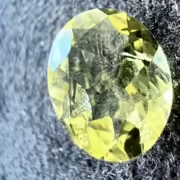
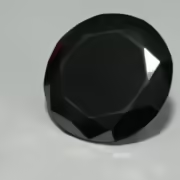
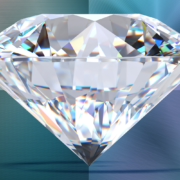
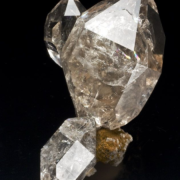
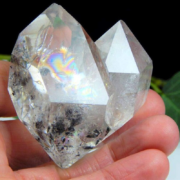
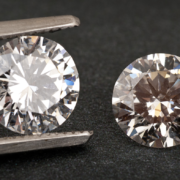


Leave a Reply
Want to join the discussion?Feel free to contribute!